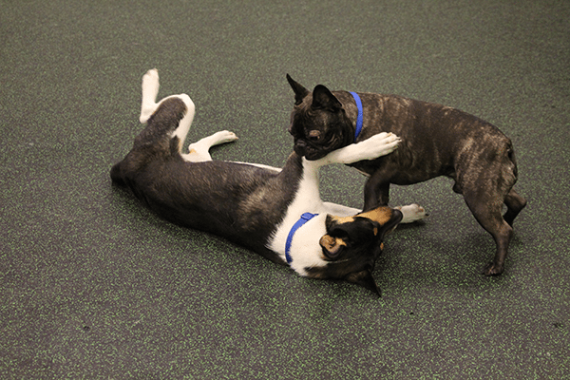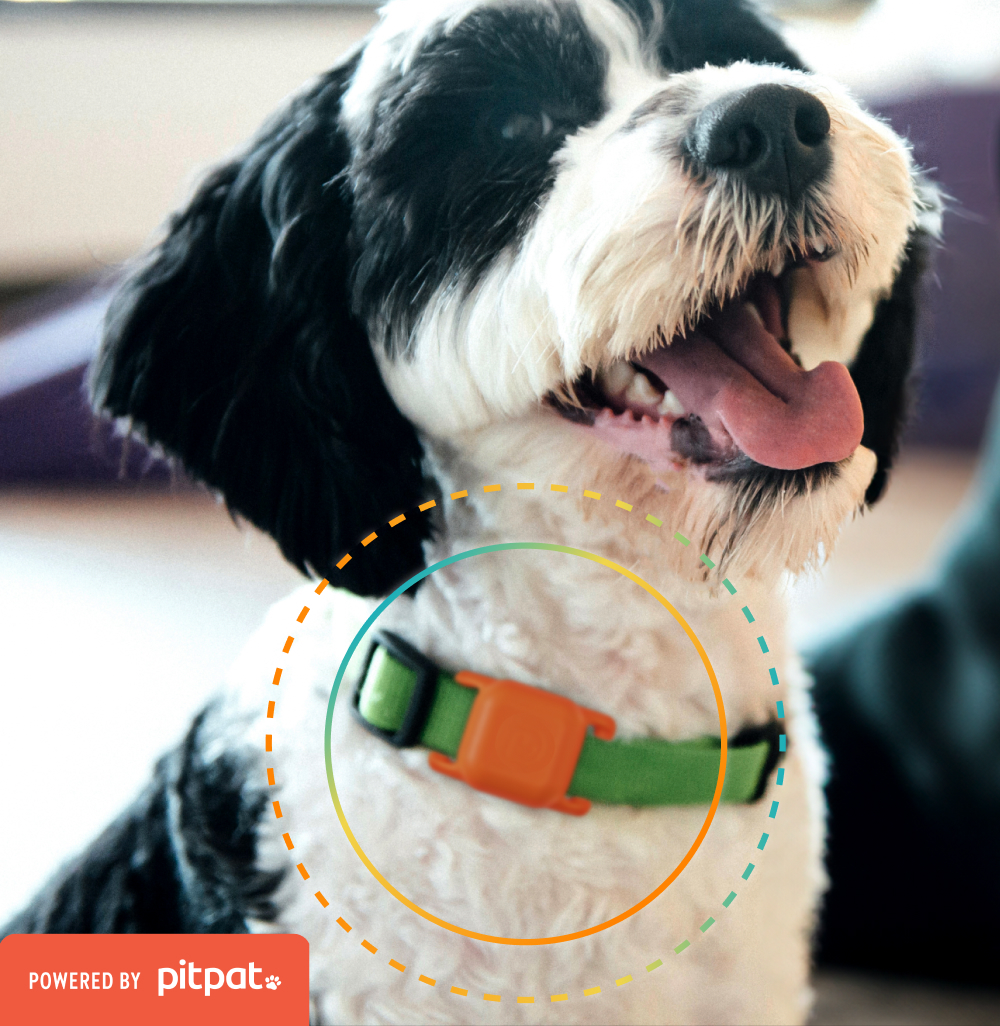How to Prepare For Boarding Your Dog

There are times when you have to leave your furry pooch in another’s care for a while, but there are steps you can take to reduce anxiety – both for you and your pooch. Here are five things you should do before boarding your dog to make the transition smoother:
Visit the kennel facility prior to boarding
If possible, it’s a good idea to first visit the place where your dog will be staying before you book the boarding. Speak with someone at the facility, ask how long they’ve been in business, check their references, and request a tour. Determine how clean the facility is and examine the condition of the cages or rooms. You can also take a look at the dogs that are present there and see how comfortable they are. Are there separate rooms or play areas for small and large dogs? Is playtime 100% supervised? Are you allowed to pack your dog’s favourite toy/blanket/etc? Is there food available if you forget to bring your own?
Inform the staff of any existing conditions
Before boarding, you should chat with the staff about any special care your dog may require during their stay. Try to meet the person who’ll be responsible for taking care of your pooch while you’re away and insure they are well-versed in pet safety and first aid.
Prepare your dog
Most dogs are used to staying in the same environment, and new environments may stress them out. When you tour the facility before boarding, you may also want to bring your dog so they become comfortable with the new environment before their stay. They can get familiar with the place and smell while they’re in your comforting presence and you can also see how they react.
Ask about updates
Once you’ve decided you’re comfortable leaving your pooch at a facility, it is essential to know how you can get updates about them. Some facilities, like Dogtopia, offer webcam access during playtime, allowing you to check in on your pet and providing peace of mind. If not, ask if you can call or email throughout their stay for regular updates.
Leave emergency contact information
Leave instructions on how to proceed with your dog in case of emergency, what you do and don’t want, and a contact number or credit card number for emergency medical care. During emergency hours, the facility may use a certain veterinarian or emergency hospital. During the day, if you want your pet to go to your regular veterinarian, leave your vet’s name and phone number.










